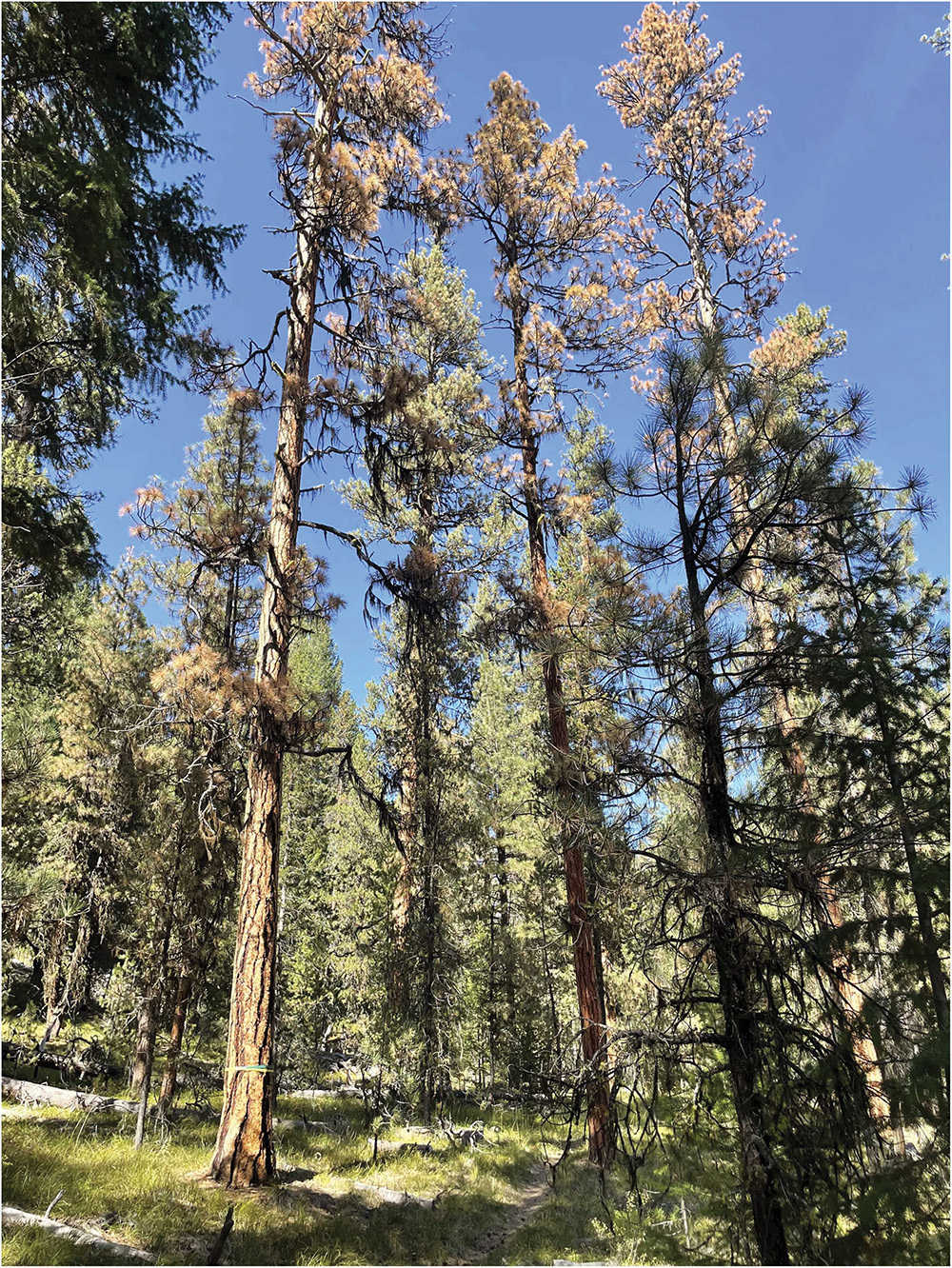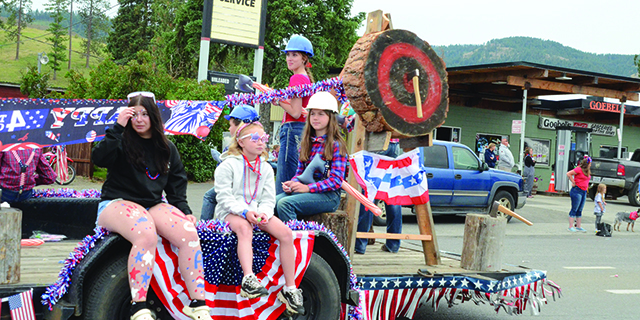Main Street: Bien venidos
Published 4:00 pm Wednesday, January 8, 2003

- Rich Wandschneider
On the Sunday after Christmas, Judy and I were coming home from Portland and grandkids, and decided to stop for something to eat. Judy craved tacos, and I remembered someone telling me about a good Mexican restaurant in The Dalles, so we got off at the first exit and crept along the frontage road – past Taco Time and Taco Bell – looking for something local and Mexican.
It was the Ixtapa, just past the big old shopping center, a block off the frontage road but easily visible. We pulled into a full parking lot – a first good omen – and were quickly and pleasantly seated by a young woman with a mild accent.
Trending
Everyone who worked in the restaurant looked and sounded Latino and pleased with what they were doing. The place is not small. There are coves and pockets with tables and booths, and I have no idea how many total seats there are. We were given window seats, and tortilla chips, salsa, and a dish of chopped onions, cabbage, and cilantro appeared immediately. We noticed that almost everyone eating in the restaurant was not Latino, which gave us momentary pause. But they all looked happy, and we were soon ordering from a menu familiar from other Mexican restaurants – tacos, burritos, enchiladas, picadillo, chiles rellenos, and lunch combination plates, most priced between $4.50 and $5.95. And no charges for the chips and salsa plates that were automatically refilled as we dipped our way through them.
The salsa was good, and we noticed one table in our section with an elderly couple speaking Spanish – another good sign. And soon, as the clock moved past one, our window framed a series of young families coming in for Sunday dinner. The men wore cowboy hats with flat brims, and shirts buttoned at the collar without ties. Women wore dresses and skirts, and there were young brown skinned girls in Sunday go-to-church white dresses. We didn’t ask, but it seemed obvious that these were families coming from church. The weight of the customers in Ixtapa gradually shifted towards brown.
Full of rice, beans, shredded beef and guacamole, we smiled our way out of the restaurant and drove through The Dalles. Past the historic houses with “eyebrow” windows and the bright historical murals on building walls. At the other end of town, across from the Holy Cow (a favorite coffee stop that Ted Hays introduced me to years ago), Judy noticed an empty building with an “Ixtapa Family Restaurant” sign. So our restaurant had started in humbler digs and moved to The Dalles mainstream.
There must be stories like this in a hundred towns across Oregon and Washington. And in Idaho, where Latinos are working crops and fancy resorts. And Iowa, where they are packing beef. There is a new Mexican restaurant in Island City, and one could drive from here to Portland or Seattle – or probably to Des Moines – and dine exclusively Mexican without trouble.
Mexican fast food, school lunch tacos, Safeway taco shells and packaged seasonings have been with us for years, moving ahead of Mexican residents and real Mexican food. Gradually, field workers and laborers have settled out, and restaurants and small stores have grown out of their populations and their needs.
There are now many Oregon and Washington Spanish language radio stations (the only broadcast of a World Series game I could tune in on my car radio driving from Enterprise to Joseph this fall was in Spanish!), a Latino newspaper in Portland, Mexican priests in the Willamette Valley, and a small but growing group of Latino educators and professionals across the region. I’m told that schools in Milton-Freewater are over 40 percent Hispanic, and am sure that like numbers would ring in Hermiston, Ontario, and many other east-side towns.
Trending
This is an exciting phenomenon – a population shift that might be as great as the one that brought dust bowl Okies and Nebraskans west in the ’30s, Midwesterners to shipyards, military bases, and Hanford in the ’40s. I say “bien venidos”: welcome. Let’s embrace this opportunity with food and music and Cinco de Mayo celebrations. And bilingual education? Sure. Not to separate, but to include. English immersion for all of the Latino students coming in, and Spanish immersion – or at least a taste of it – in first and second and third grades for all of us. Think of all the German, Dutch, Norwegian, and Danish children who grow up taking elementary school English (and one or two other languages). Think of the advantage of having real Spanish speakers in our classrooms coaxing our own children along in a second language. Think of the miles we could travel across the world if we were all able to do so in two languages. Bien venidos, I say. And where is that “Spanish in 10 Minutes a Day” book that I bought before we went to Mexico?









